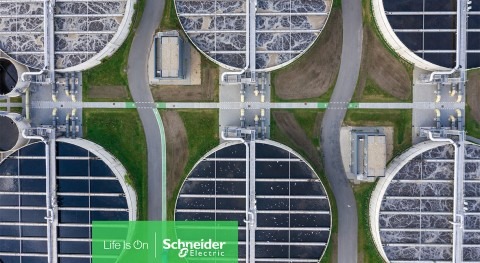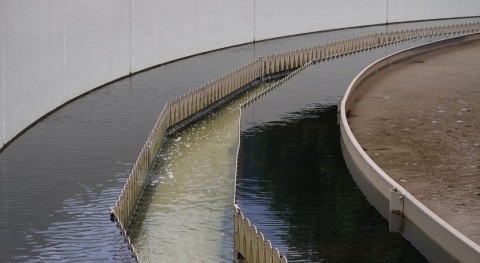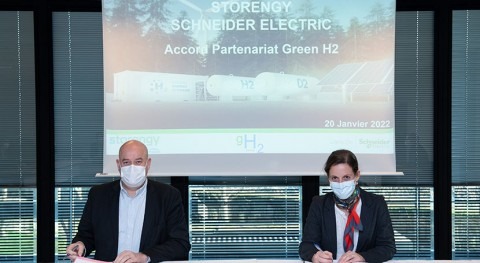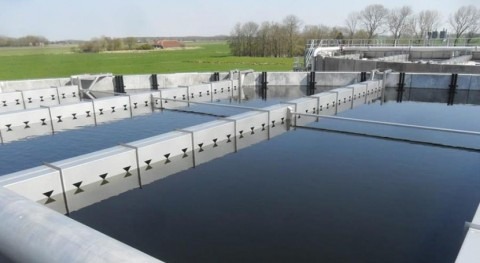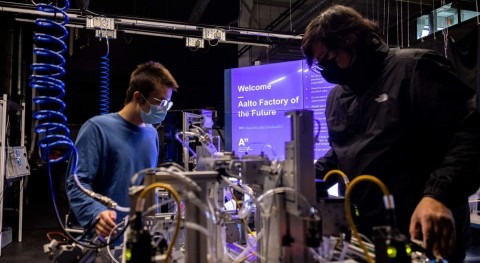Anyone involved in the Water & Wastewater industry will be familiar with the pressure to lower OpEx under an ever-tightening budget. Not to mention managing the extra costs that come with both aging infrastructure and an aging workforce.
Thankfully, digital solutions and the Industrial Internet of Things (IIoT) can help solve these challenges with cost-effective options for modernizing operations. But it’s the solutions that empower your workforce that will help you make the biggest savings. It’s estimated that digitization of core Water & Wastewater plant operational processes can generate 20-40% in cost savings.
People are the key to successful digitalization
We’re now at a unique turning point in the history of industrial automation. Up until recently, reduction of OpEx through automation was a top priority. One of the results of this OpEx reduction push has been the elimination of menial human jobs. Now the story is changing, and the focus is on empowering the people working in plants to add an extra level of value not possible before the IIoT.
By harnessing the power of IIoT AND the people, even higher OpEx efficiency can be achieved through digitization.
Digitalization on a budget
For Water and Wastewater utilities, the questions is how to deploy these new technologies with limited funds. Fortunately, there are solutions to empower the workforce that are designed to operate within open architectures such as EcoStruxure, allowing for easy “snap on” upgrades to existing infrastructure. For example, Sweetwater Authority, a Schneider Electric end-user, was able to implement their modernization project with minimal disruption to operations and minimal changes to infrastructure, saving them $9000 per day.
Break your project down into stages
To execute your digital transformation plans, you need to consider three phases of workforce empowerment: a connected workforce, proper decision support, and global collaboration. Each phase represents a higher level of digitization maturity. Therefore, depending on where you are in the digitalization journey, each stage will act as a guide for the solutions best suited to achieving the desired OpEx goals.
Bring in the professionals
An assessment by professionals who are knowledgeable in both Water and Wastewater operations and digitalization technologies can help determine priorities and potential "quick wins" for piloting new modernization projects to digitize the workforce. This also proved valuable for Sweetwater Authority they updated their control system. The system integrator carried out thorough observation, workshopping and testing before designing their new system, which helped ensure they had the system they wanted, saving time and money throughout the process.
Don’t forget step one!
It’s important not to underestimate the first step in connectivity. According to McKinsey & Co. less than 1% of the data available in the field is used for decision making. When the engineers observed operations at Sweetwater Authority, one of the problems they found was that operators had issues trusting the data from the desalination plant. This needed to be addressed before anything else could be achieved.
Once the first step of connectivity had been achieved and everyone working in the two plants was connected to the same data, the next step was to provide all workers had the right decision support for their job. Operators needed to be able to run both plants remotely using the same control system, while plant managers needed the right software to enable them to generate reports and costings from the data.
It’s equally important to take Cybersecurity into account at the beginning of the project. We recommend choosing a solution that comes with best in class Cybersecurity built into the system.
The benefits of Sweetwater’s modernization project for OpEx:
- Reduced down-time which means less resources wasted
- Less money spent buying water due to low production output
- Doubled production output
By doubling output, the savings are two-fold: they produce double the water for the same input while saving money on water they don’t have to buy. Overall that represents a huge return on Sweetwater Authority’s modernization investment, making the project even more cost effective.
When we talk about digital solutions it can be easy to forget the people using the technology. Yet when it comes to OpEx reduction, the human factor is the key. Embrace this aspect in your digitalization plans and you’ll be streets ahead!
To learn more about digital solutions that empower the workforce and improve OpEx for water and wastewater, download this free whitepaper.
http://download.schneider-electric.com/files?p_Doc_Ref=998-20553562_GMA-US







